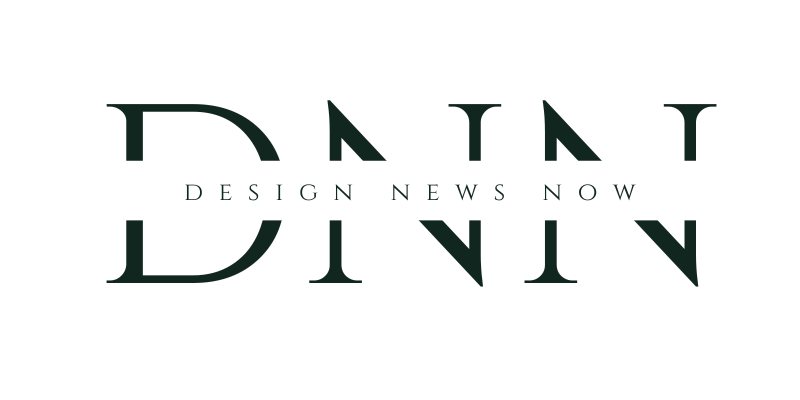How are you rolling into 2025? Are you bursting with what author and podcaster Kendra Adachi calls “big black trash bag energy,” ready to clear the decks and give your life and your business a major overhaul? Or are you easing into the new year, giving yourself time to ponder your hopes and dreams for the coming 12 months?
After spending more than a week of my holiday break sick in bed (much better now, thank you), I’m in that second category, giving myself grace to sort out goals and plans in the coming weeks.
Whichever way you are approaching 2025, it can be tempting at the start of any new year to focus on what’s wrong. Resolutions are often focused on fixing things we see as negative.: We’re going to lose extra pounds or spend less time scrolling our phones.
But in a recent episode of her podcast, “The Lazy Genius,” Adachi encourages listeners to take a more positive approach to making changes. She suggests focusing on what’s working well in your life. Later, you can build on those things, for instance by iterating those ideas into other arenas or by using the thought process that solved one problem to solve another.
When tackling this process of naming what’s working for you, Adachi suggests following three guidelines: 1) Focus on small things; 2) Remember that “working” doesn’t mean perfect; and 3) Understand that now isn’t forever.
Following Adachi’s guidelines, here’s an example of something working in my personal life. Virtually every morning, I eat Greek yogurt mixed with a ½ cup of berries and a ½ cup whole grain cereal. It’s a high-fiber, high-protein, high-antioxidant breakfast that I enjoy. Should I have green juice instead or in addition to my yogurt? Maybe. But this small meal checks a lot of boxes and works well for me right now.
And here’s a small thing that’s working in my professional life: I work from home and although I have a home office, I work in several different rooms, depending on the season and my mood. In all those rooms, I have a cup or small crock with a pair of scissors, a lighter for candles, and a mix of pens and pencils (highlighters, Sharpies, gel pens, ballpoints, etc.). Nearby each cup is a stack of Post-it notes in multiple colors. Do the cats sometimes knock the cups over? Yes. Are the stacks of Post-its attractive? Not necessarily. But the little supply centers save me time and reduce frustration.
When thinking about what’s working for you right now, Adachi suggests asking three questions:
1. What problem does this solve?
2. What do I like about this?
3. How does this make me feel like myself?
In thinking about my breakfast example, I’d answer Adachi’s three questions this way:
What problem does it solve? I have a goal of increasing the protein and fiber in my diet, and my yogurt concoction does this.
What do I like about this? It tastes good and is quick to assemble and eat on a weekday.
How does this make me feel like myself? I love routines and am a creature of habit, so a standard breakfast is perfect for me.
For my well-stocked pen cups, I’d say this:
What problem does this solve? The cups corral things I frequently use in the places where I need the items.
What do I like about this? I like everything in my home to have a place.
How does this make me feel like myself? I’m an organized person and don’t like wasting time looking for something I need. My little office supply centers make me feel calm and well-equipped.
Using Adachi’s framework, I could tackle some of my 2025 goals by building on the things that make these two tiny parts of my life work: I’m good at developing and keeping habits, and I like time-saving organizational strategies.
What’s working in your personal and professional life right now?
Do you excel at client communications? How can you extend that skill and your processes to improve communications with vendors and contractors — or with friends?
Do you start every day well, focused on the important tasks at hand but lose drive and waste time in the evenings? How can you take the structure of your morning and adapt it to create a productive, restorative evening routine?
Is everything in your warehouse well-organized and catalogued but the files on your computer are a hot mess? How could you adapt the system you use to track products to streamline your files?
If you’re not quite ready to tackle what isn’t working in your world, give yourself grace and take solace in these words from Adachi: “We are noticing what’s working so that we stop the spin out of thinking that everything isn’t. This time of year has us in our heads about fresh starts and big changes. And again, while those are totally fine, begin where you are. Begin with what’s working. Celebrate it; notice it. So often, when we see how many things might be working, we calm down a little about what isn’t. … Be kind about the things already in place. Refresh your perspective on the things in your life that do, in fact, solve your problems.”









